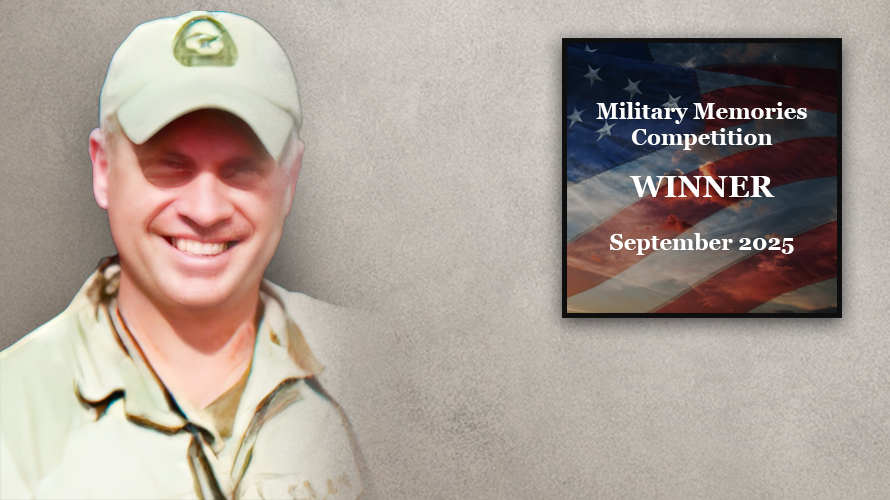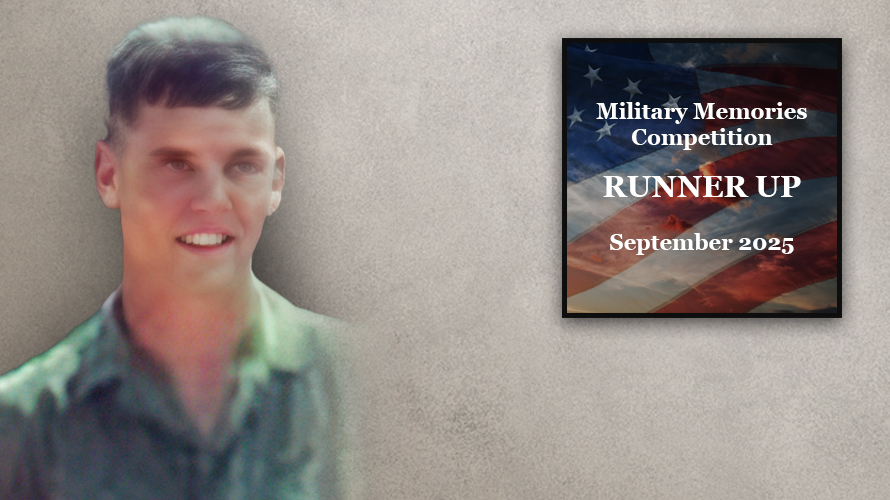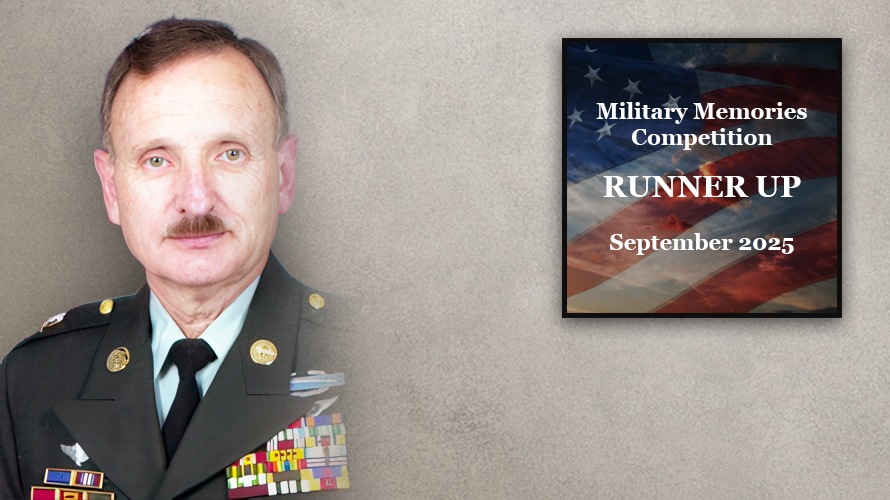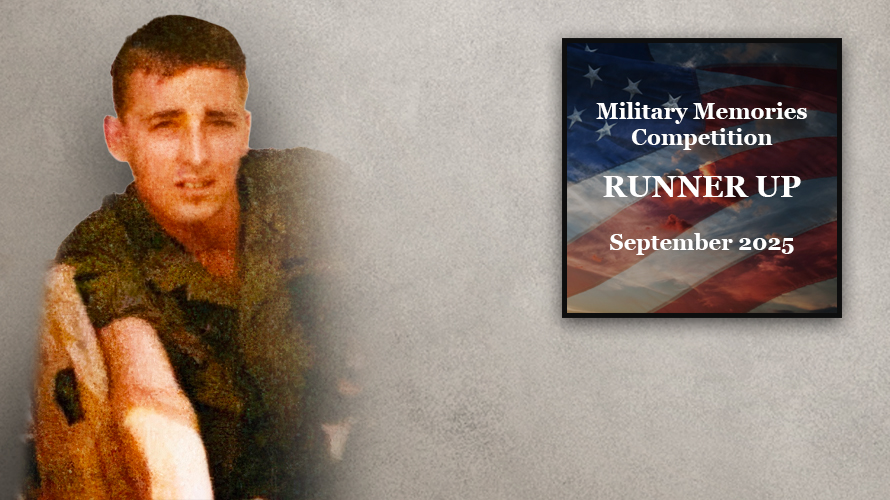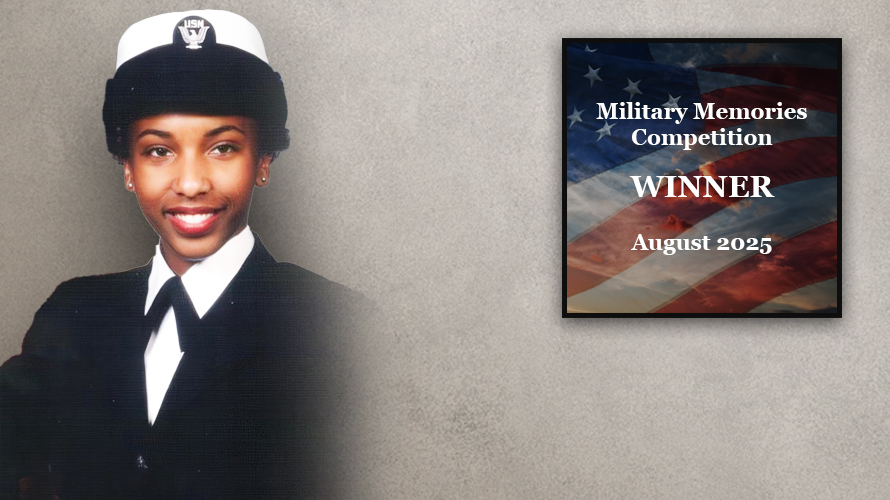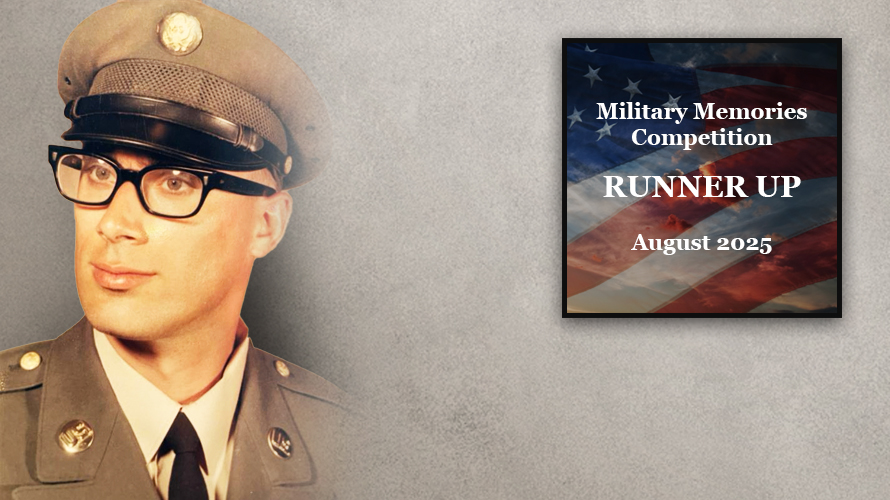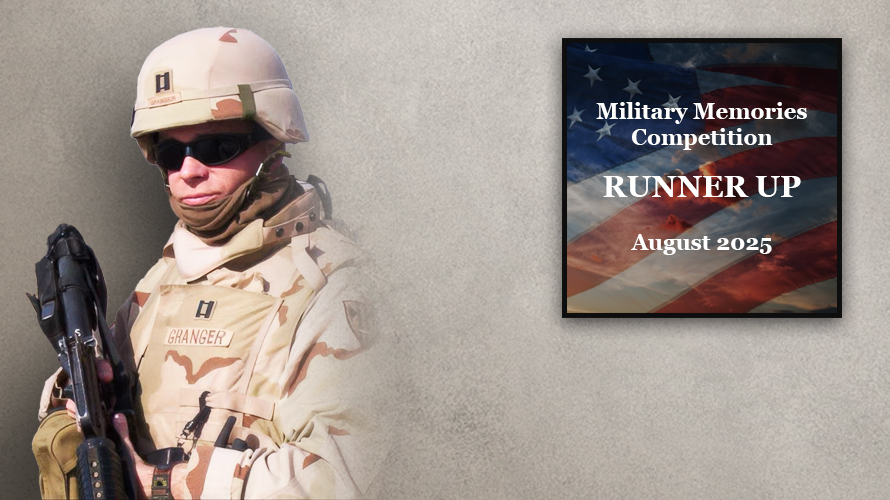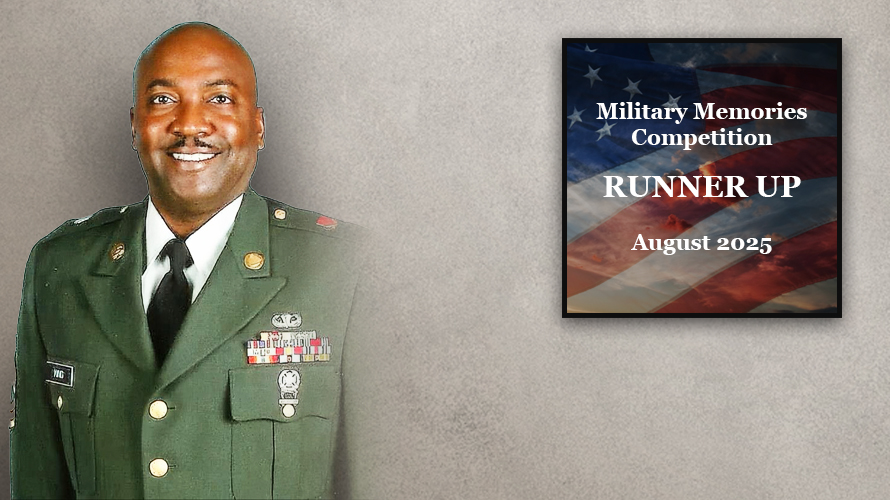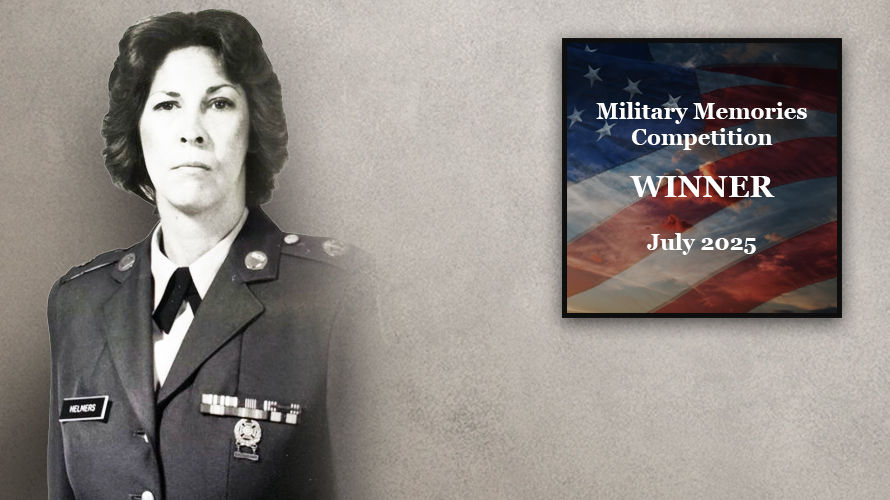What Was Your Favorite Memory of Returning Home After a Long or Temporary Deployment? What Made This So Special?:
By Daniel L. Daugherty Jr., U.S. Veteran. The flight home felt longer than the deployment. I remember staring out the window, watching the billowy clouds slide beneath us, knowing that on the other side of the ocean, my family was waiting. My heart beat with a strange mixture of relief, exhaustion, and anticipation. When we landed, the aircraft doors opened, and the first breath of home soil hit me. It wasn t just air it carried the scent of grass, rain, and freedom. After months of dust, sweat, and constant tension, that first breath was like a prayer answered.
